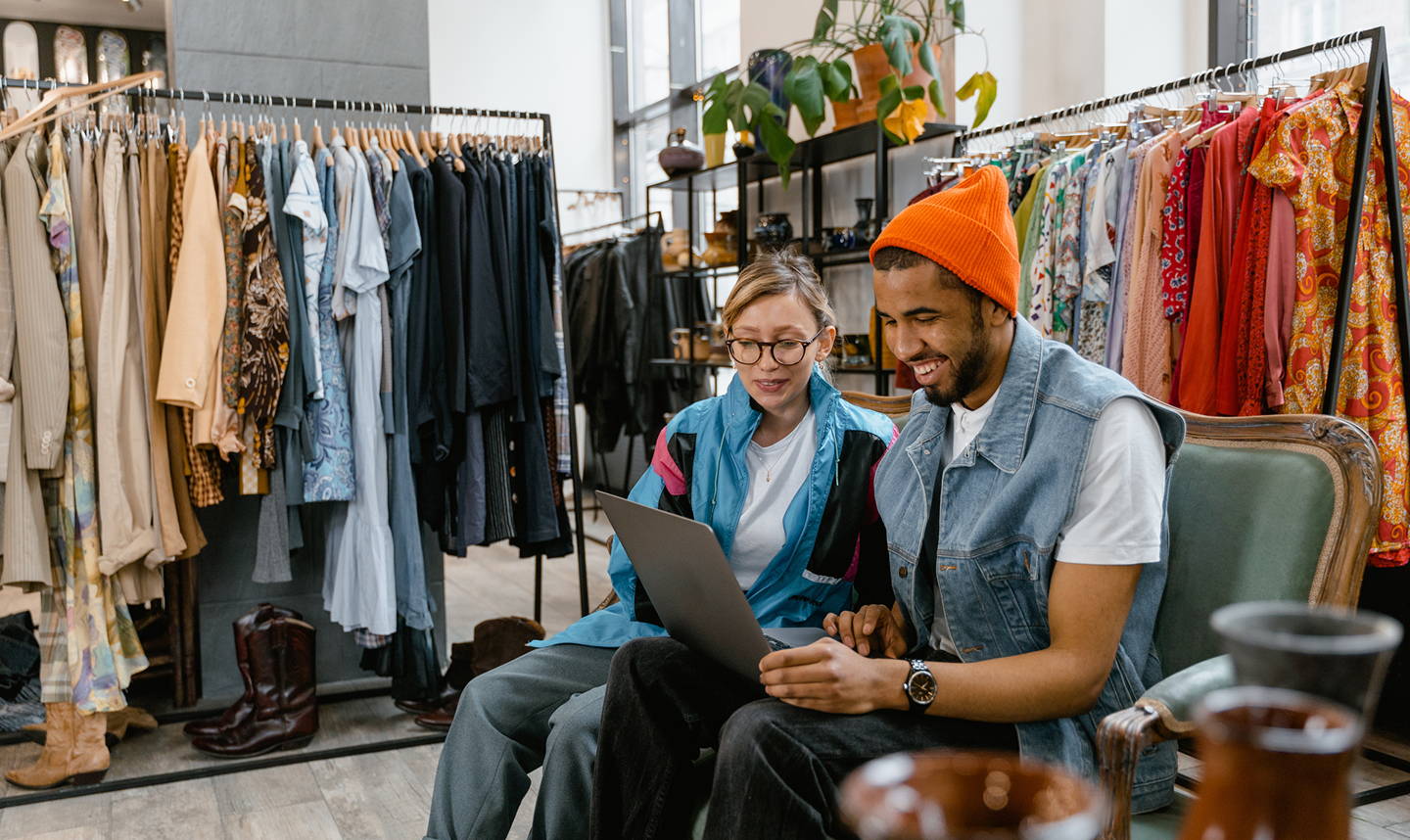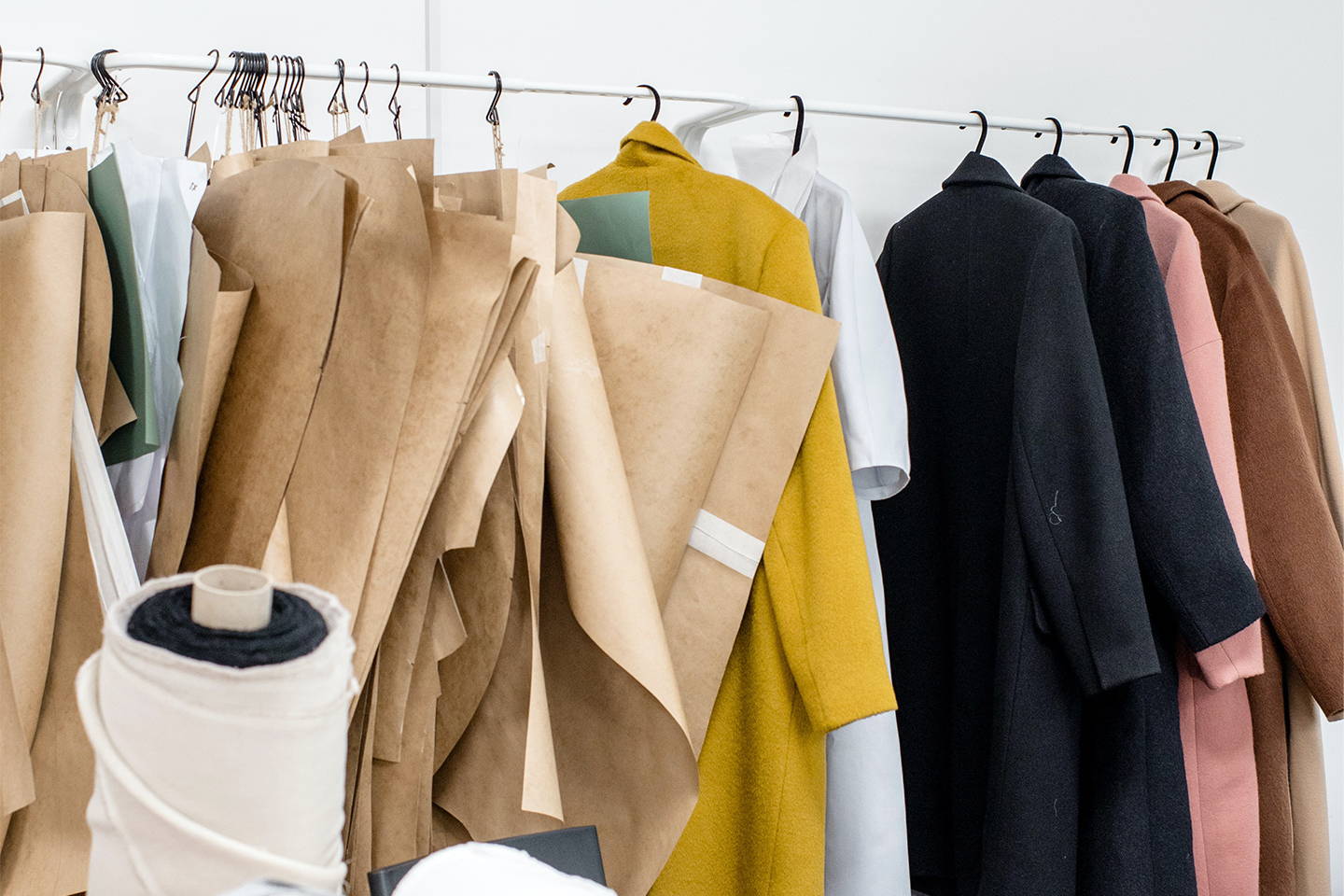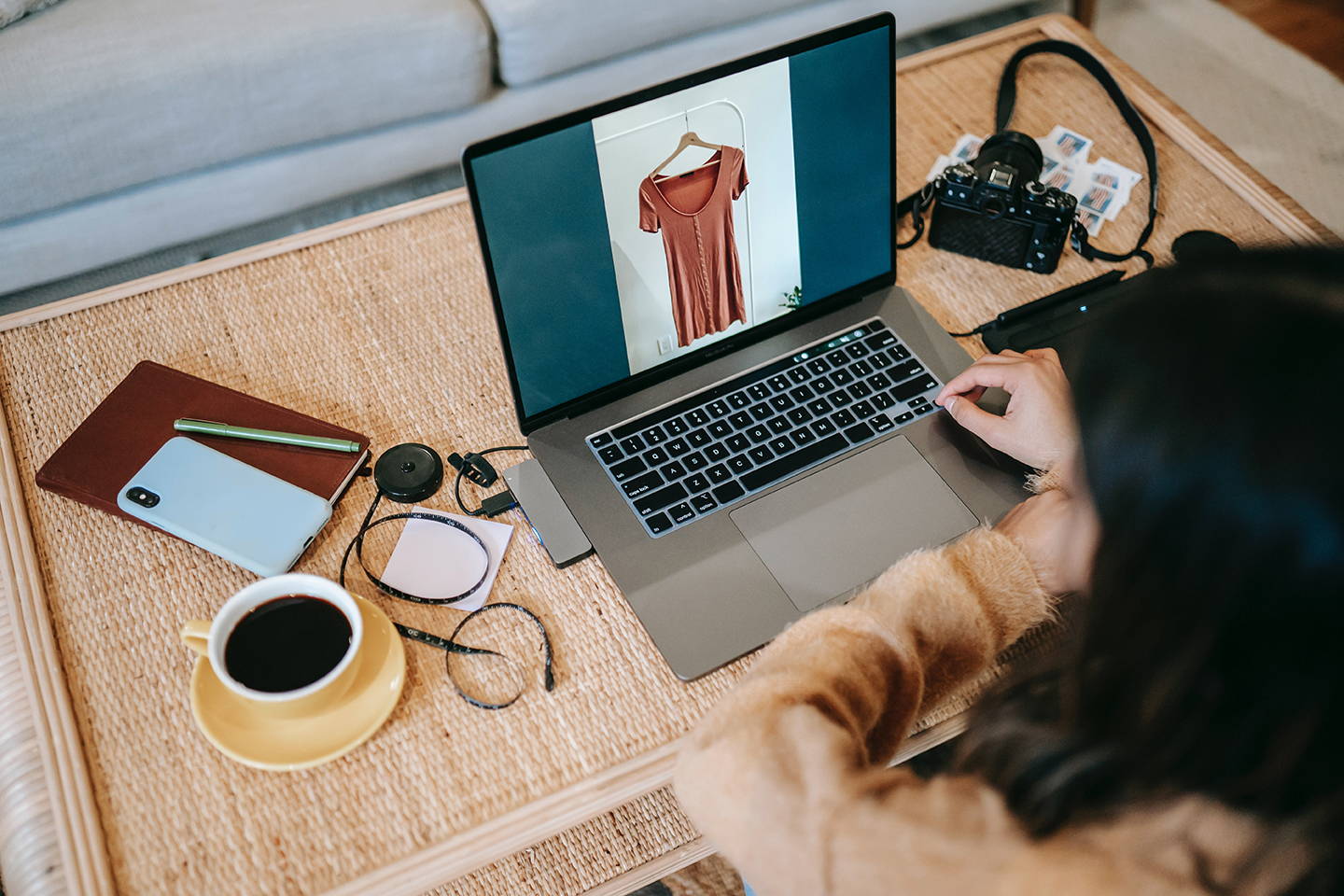
The 5 hottest trends in sustainable fashion
And why doing good is good for business
By Renee Fortune
Second-life fashion
The fast fashion industry gave rise to a ‘throwaway’ culture – buy cheaply made, mass produced clothing, wear it for a season, toss it in the trash and start shopping for the next big thing in fashion. I like to think of the era we find ourselves in now, as the era that’s finally putting an ‘end to the trend.’
The call for a more sustainable fashion industry, the global imperative to curb climate change and activist movements for social justice have given rise to an approach to fashion that’s all about recycling, restyling and reusing. A few industry pioneers paved the way, and in just a few years, the world has seen an unprecedented boom in the second-hand/vintage clothing industry as well as the mushrooming of rental fashion businesses.
Around the world, organisations are hosting events that allow people to swap clothes, mend them or find a way to upcycle them. In this circular economy, fashion’s life cycle is being extended dramatically, with people investing in quality rather than quantity and finding ways to avoid valuable pieces of clothing ending up in landfills.
Fair Trade Fashion
The unfortunate reality is that the fashion industry as we know it, has been built on the backs of poor, rural communities of artisans who are underpaid, treated unfairly and made to work under inhumane conditions. With the emergence of slow fashion however, this status quo is being challenged and changed.
Fair trade is an international system that ensures that workers in the fashion industry are compensated fairly and that artisanal communities are traded with in a way that is governed by ethical standards. The system of fair trade has existed in other industries for a number of decades, but now, this philosophy is making waves in fashion.
One of the ways in which change is being affected is the creation of opportunities for economically disadvantaged producers or the greater inclusion of different communities into the fashion supply chain. Fair trade policies have also provided a firmer foundation for anti-child labour legislation and the prevention of forced labour.
Other associated issues include the economic empowerment of women and the eradication of discrimination in production plants and clothing factories. Intertwined with these important changes is the move towards making sure that the environment is treated fairly in the process of producing textiles and clothing. We have a long way to go, but the industry has made leaps and bounds towards fairer practices.

Zero-tolerance on plastic
Not too long ago, a handful of activists and brands were struggling to convey the message that single-use plastic is a destructive pollutant that is causing severe harm to our environment. Today, that picture is slowly changing and more people are waking up to the fact that if real progress towards curbing climate change is to be made, we need to have a zero-tolerance approach to the use of plastic.
This mindset shift has taken hold in the fashion industry, starting with packaging. Today there’s an infinitesimal likelihood that you’ll find any sustainable fashion brand using plastic as a form of packaging. Instead, you’ll find packaging made out of a range of eco-friendly materials from compostable bamboo and recycled cardboard to kraft paper and fabric off-cuts.
In addition to these innovations, eco-friendly alternatives to components like buttons and accessories like hangers are in high demand. Even conventional glitter and sequins are being replaced with biodegradable sparkles to prevent pollution and soil contamination. The eco-entrepreneurial opportunities that these changes are creating, are very exciting.
Metafashion

Trans-seasonal capsule collections
Traditionally, people grew accustomed to having seasonal wardrobes that they would swap out at the beginning of each season. This approach was fuelled by the undying engines of the fast fashion industry and ultimately led to the production of low-quality garments that could be dispensed with at the end of each season.
The sustainable alternative is a capsule wardrobe of trans-seasonal items. The popularity of this way of thinking about fashion was promoted strongly by the philosophy of Marie Kondo, who advocates for a minimalist approach to personal fashion.
Capsule wardrobes consist of a limited selection of clothing pieces that complement each other and can be mixed and matched in different ways to create styled looks that aren’t necessarily tied down to a specific season. This way of curating clothing allows you to create a wide variety of different outfits using a small selection of individual items.
There are soooo many reasons why ‘capsule is cool.’ You can say goodbye to ‘decision fatigue’ because with a capsule wardrobe, you won’t be wasting valuable time trying to create outfits out of mismatched pieces. You’ll also save money in the long term by investing in items of good quality that you can keep for years and even pass down to the next generation. The best thing about the capsule? Keeping it classic will mean that your wardrobe never ages or goes out of style.
Sign up to our newsletter
Stay up to date with the latest in sustainable luxury for the home, your style and your beauty regime.










